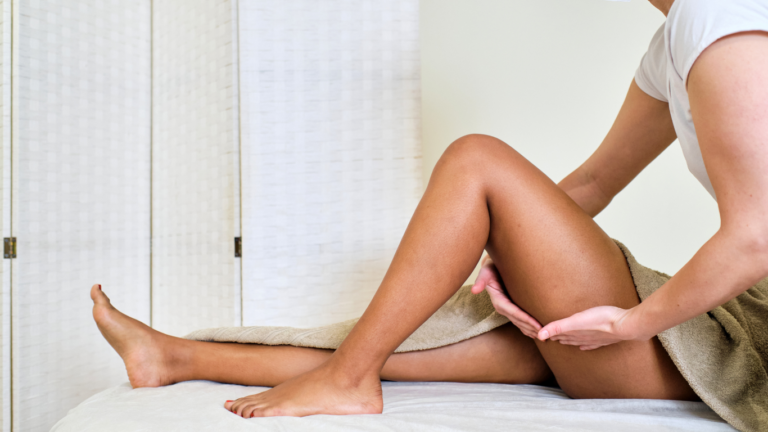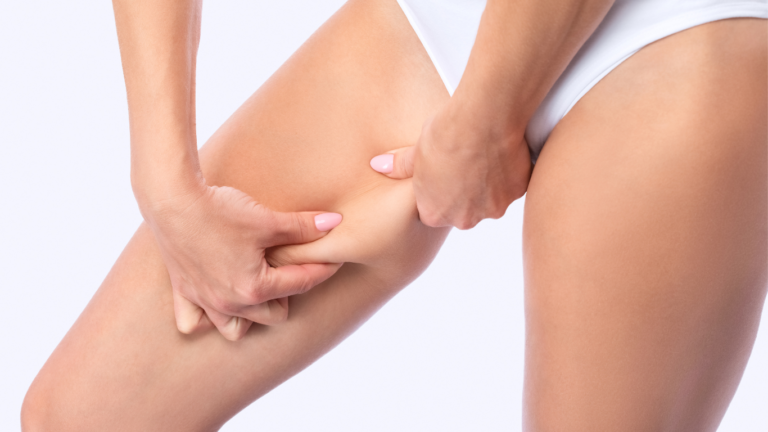The truth about cellulite: separating fact from fiction
Cellulite is a common concern for many people, particularly women. The media often portray it in a negative light, with promises of quick fixes and miracle cures. But what is the truth behind cellulite? In this article, we'll debunk some common myths and shed some light on the reality of cellulite.
Myth No. 1: Cellulite is caused by being overweight
One of the most common misconceptions about cellulite is that it only affects overweight people. However, cellulite can affect people of all body types, including those who are slim or at a healthy weight. Cellulite is caused by the way fatty deposits are arranged under the skin, giving it a dimpled appearance.
Myth 2: Creams and lotions can eliminate cellulite
Many products on the market claim to reduce or eliminate cellulite, but the truth is that these claims are often exaggerated. While some creams and lotions may temporarily improve the appearance of cellulite by hydrating the skin, they do not address the underlying cause of cellulite. To really reduce cellulite, a combination of diet, exercise and techniques such as Wood Therapy and radiofrequency will give the best results.
Myth 3: Cellulite is a sign of poor health
Cellulite is a cosmetic problem and not necessarily a sign of ill health. Although it can be influenced by factors such as genetics, hormones and lifestyle choices, having cellulite does not mean you are unhealthy. It's important to focus on general health and wellbeing rather than obsessing about the presence of cellulite.
Fact 1: Genetics play a role in the development of cellulite
While lifestyle factors such as diet and exercise can influence the appearance of cellulite, genetics also play an important role. Some people are more predisposed to cellulite because of their genetic make-up. This means that even with a healthy lifestyle, some people can still get cellulite.
Fact 2: Exercise can help reduce the appearance of cellulite
While exercise alone won't completely eliminate cellulite, it can help reduce its appearance. Regular exercise, particularly strength training and cardiovascular exercise, can help tone muscles and improve circulation, which can help reduce the appearance of cellulite. What's more, maintaining a healthy weight can also help minimise the appearance of cellulite.
Fact 3: Medical treatments can help reduce cellulite
In some cases, medical treatments such as laser therapy, radiofrequency treatments or liposuction can be used to help reduce the appearance of cellulite. These treatments work by targeting the underlying fatty deposits and firming the skin, resulting in a smoother skin texture. It is important to consult a qualified healthcare professional to determine the best treatment option for your individual needs.
Fact 4: Maderotherapy: the most effective natural technique for combating cellulite
From a more natural perspective, the essential is the benchmark for effectively reducing cellulite. By combining deep lymphatic drainage and toning work on the tissues, this age-old technique removes fatty deposits while restoring the skin's elasticity. Wood is used to combine intense smoothing for exfoliation with deep pressure to firm the skin. Regular use of maderotherapy gently reshapes the figure, without the need for medical procedures. Many people find that wood therapy offers visible results without the need for invasive medical procedures.
Cellulite is a common aesthetic problem that affects many people, regardless of their weight or state of health. While there is no quick fix for cellulite, a combination of healthy lifestyle choices, regular exercise and possibly medical treatment can help reduce its appearance. It's important to focus on overall health and wellbeing rather than obsessing about cellulite. Remember that beauty comes in all shapes and sizes, and it's important to accept and love your body as it is.







